Water is one of our planet's most precious resources, and with growing environmental concerns and increasing water scarcity, conserving it has never been more important. Bathrooms account for more than 50% of household water use, making them a critical area for implementing water-saving innovations. Thankfully, the future of bathroom design is moving toward smarter, more efficient, and eco-friendly solutions.
In this blog post, we explore the latest trends and technologies shaping the future of water conservation in bathroom design.
1. Smart Fixtures for Smarter Use
Smart technology is revolutionizing bathroom fixtures, making them more efficient and user-friendly.
- Smart Toilets: Dual-flush and low-flush toilets now use as little as 4 liters per flush, compared to the traditional 13 liters. Advanced smart toilets also detect the type of waste and adjust water usage automatically.
- Eco-Friendly Faucets: Touchless faucets with sensors reduce water waste by shutting off automatically when not in use. Many models now integrate aerators to mix air with water, maintaining pressure while using less water.
- Smart Showerheads: These allow precise control over water flow and temperature, using only as much water as needed. Some even recycle and purify water in real-time.
Fact: Switching to water-efficient fixtures can reduce a household’s water use by up to 30% annually.
2. Greywater Recycling Systems
Greywater recycling is a game-changing innovation for sustainable bathrooms. These systems capture and treat wastewater from sinks, showers, and bathtubs, making it reusable for tasks like toilet flushing or irrigation.
How It Works:
- Greywater is collected from non-toilet sources.
- The water is filtered and treated to remove impurities.
- Treated water is repurposed, significantly reducing overall consumption.
This technology not only conserves water but also reduces the strain on local wastewater treatment facilities.
3. Innovative Bathtub Designs
Bathtubs are infamous for their high water usage, but modern designs are addressing this issue without sacrificing luxury.
- Smaller, Ergonomic Tubs: Designed to use less water while still offering comfort.
- Recirculating Tubs: Filter and reuse water during a single bath session.
- Insulated Tubs: Keep water warm longer, reducing the need to refill with hot water.
5. Smart Leak Detection Systems
Leaks are one of the most common sources of water wastage in homes. Smart leak detection systems are making it easier to identify and address issues quickly.
- Sensors: Detect leaks in real-time and send alerts to your smartphone.
- Automatic Shut-Off Valves: Stop water flow immediately when a leak is detected, preventing wastage and damage.
- Usage Monitoring: Track water usage patterns to identify inefficiencies.
6. Government Incentives and Regulations
Many governments are introducing stricter regulations and incentives to encourage water-efficient bathroom designs.
- Rebates for Water-Saving Fixtures: Financial incentives for installing certified low-flow fixtures.
- Building Codes: Mandating the use of water-efficient plumbing systems in new constructions.
- Water Footprint Certifications: Recognizing homes and businesses that meet high water conservation standards.
The future of water conservation in bathroom design is bright, driven by innovation, awareness, and a commitment to sustainability. By adopting these advancements, we can create bathrooms that are not only functional and luxurious but also environmentally responsible.


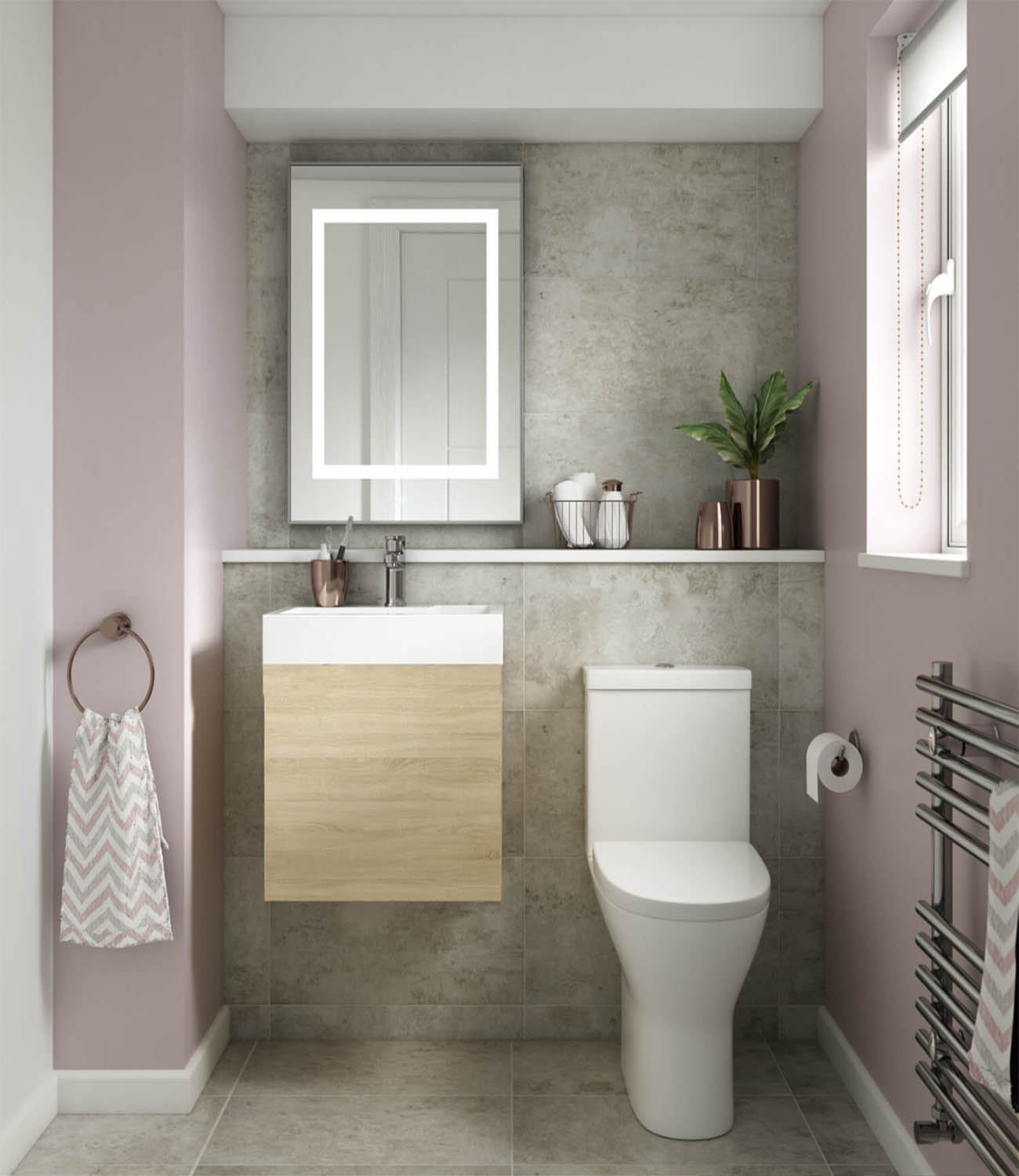
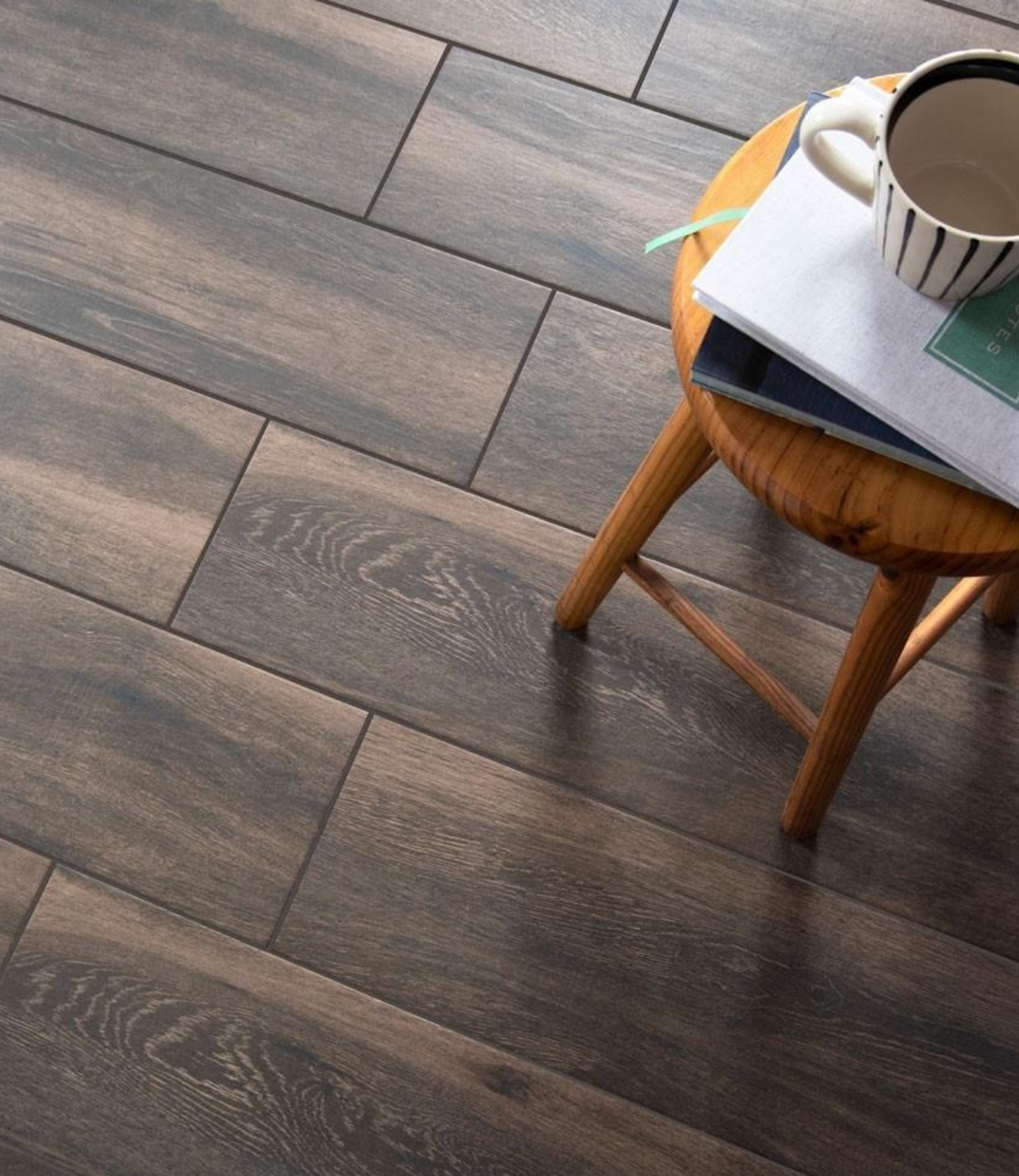
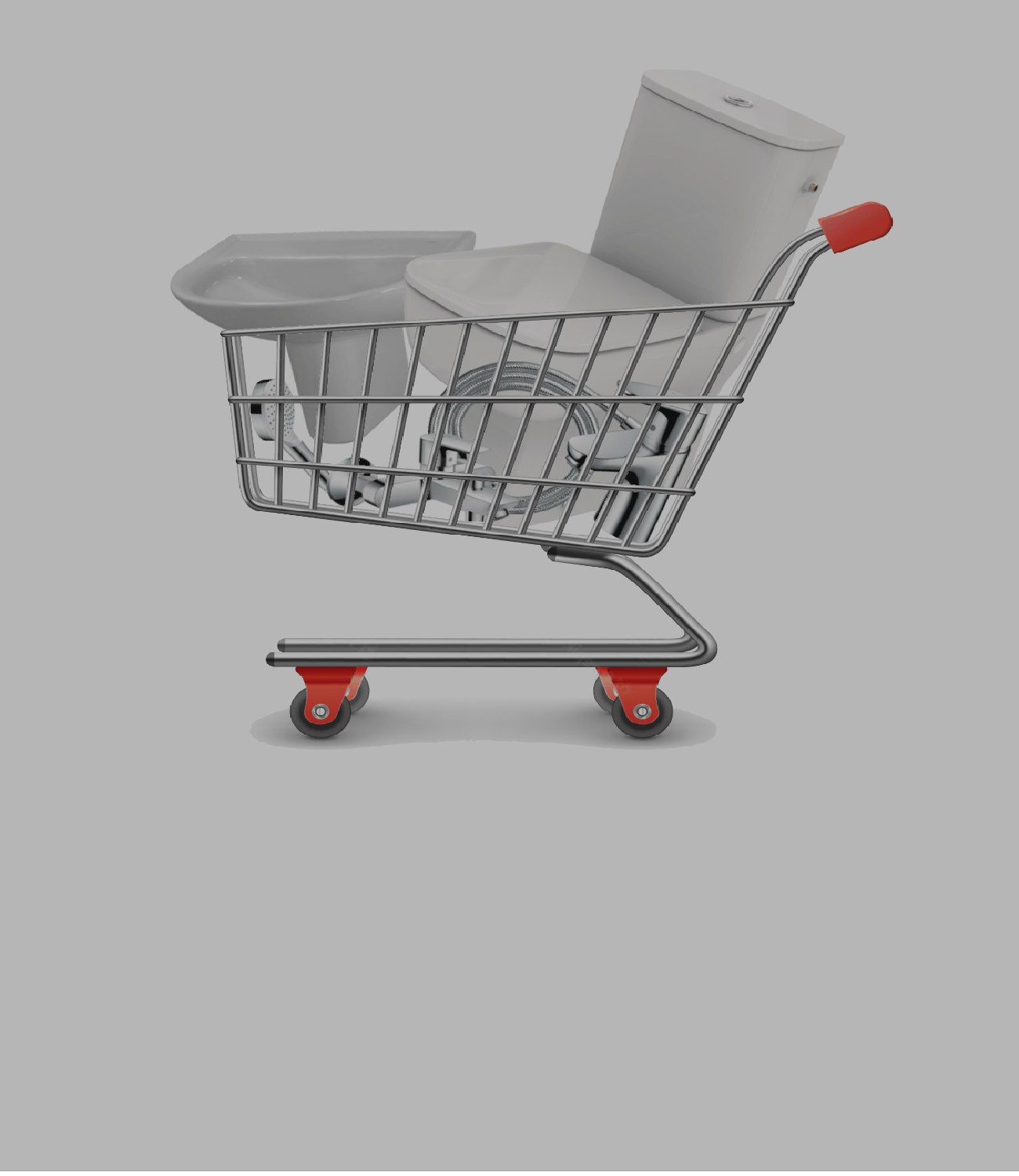
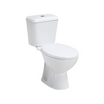
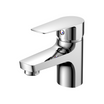





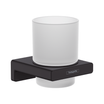

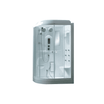
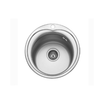




Leave a comment
This site is protected by hCaptcha and the hCaptcha Privacy Policy and Terms of Service apply.